Jorge L. Alió, MD, PhD, FEBOphth
NUMBER OF YEARS IN PRACTICE: 35
NUMBER OF YEARS IN A MENTORSHIP ROLE: 30
WHO WAS YOUR MENTOR?

WHAT IS YOUR MENTORSHIP PHILOSOPHY?
WHAT IS A FAVORITE MEMORY YOU SHARED WITH A MENTEE?
IF YOUR MENTEES REMEMBER ONE THING FROM THEIR TIME WITH YOU, WHAT WOULD YOU HOPE THAT IS?

Figure 1. From left to right: Francesco D’Oria, MD, from Bari, Italy; Professor Alió; and Francesca Toto, MD, from Milan, Italy.
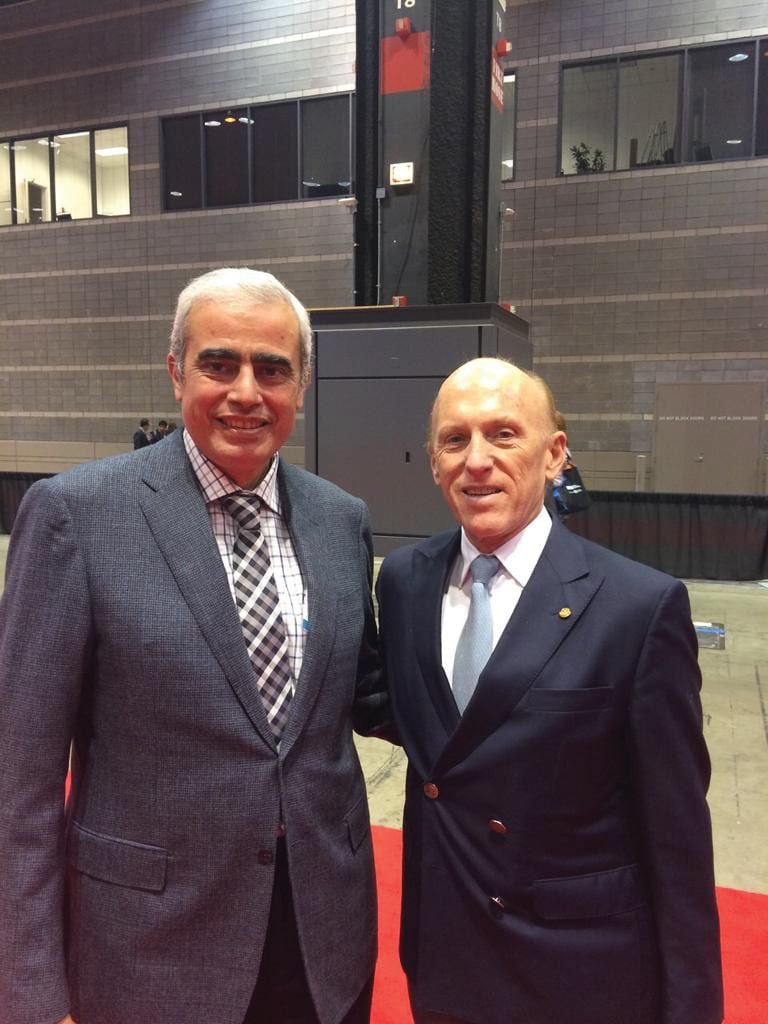
Figure 2. Professor Alió with Mahmoud Ismail, MD, from El Cairo, Egypt, his first internship student.

Figure 3. Professor Alió’s successor, Jorge Alió del Barrio, MD, won best poster at a recent meeting.

Figure 4. Professor Alió with Alejandra Amesty, MD. Professor Ali directed her doctoral thesis and several scientific papers. Dr. Amesty is now an ophthalmic plastic surgeon and Medical Director at the Vissum Grupo Miranza in Alicante, Spain.
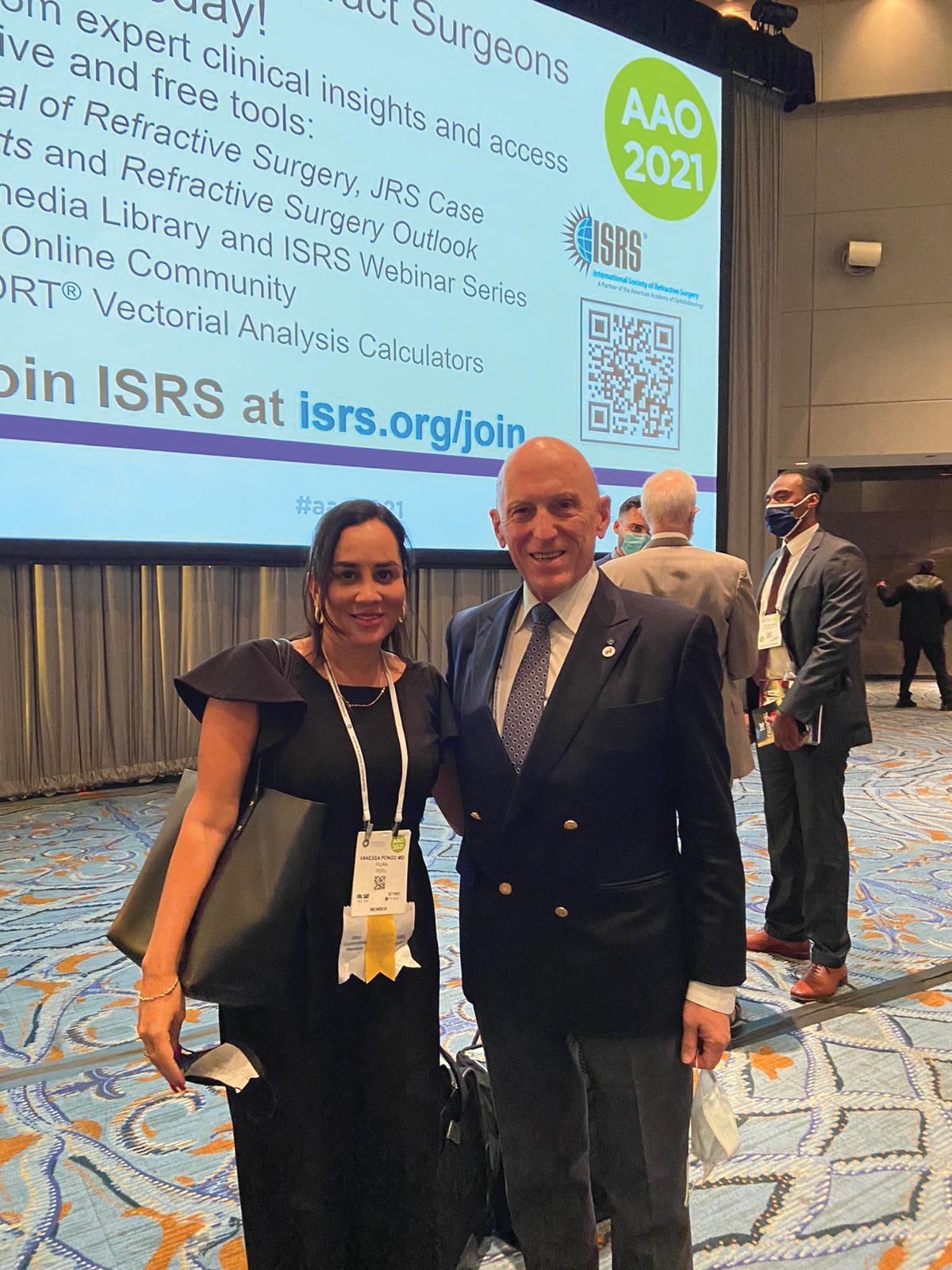
Figure 5. Professor Alió with Vanesa Pongo, MD, from Piura, Peru.

Figure 6. Professor Alió with Maria Gessa, MD, a former student of Professor Ali ’s and the current director of Vissum Opthalmology Clinic Grupo Miranza in Virgen de Luj n, Sevilla, Spain.
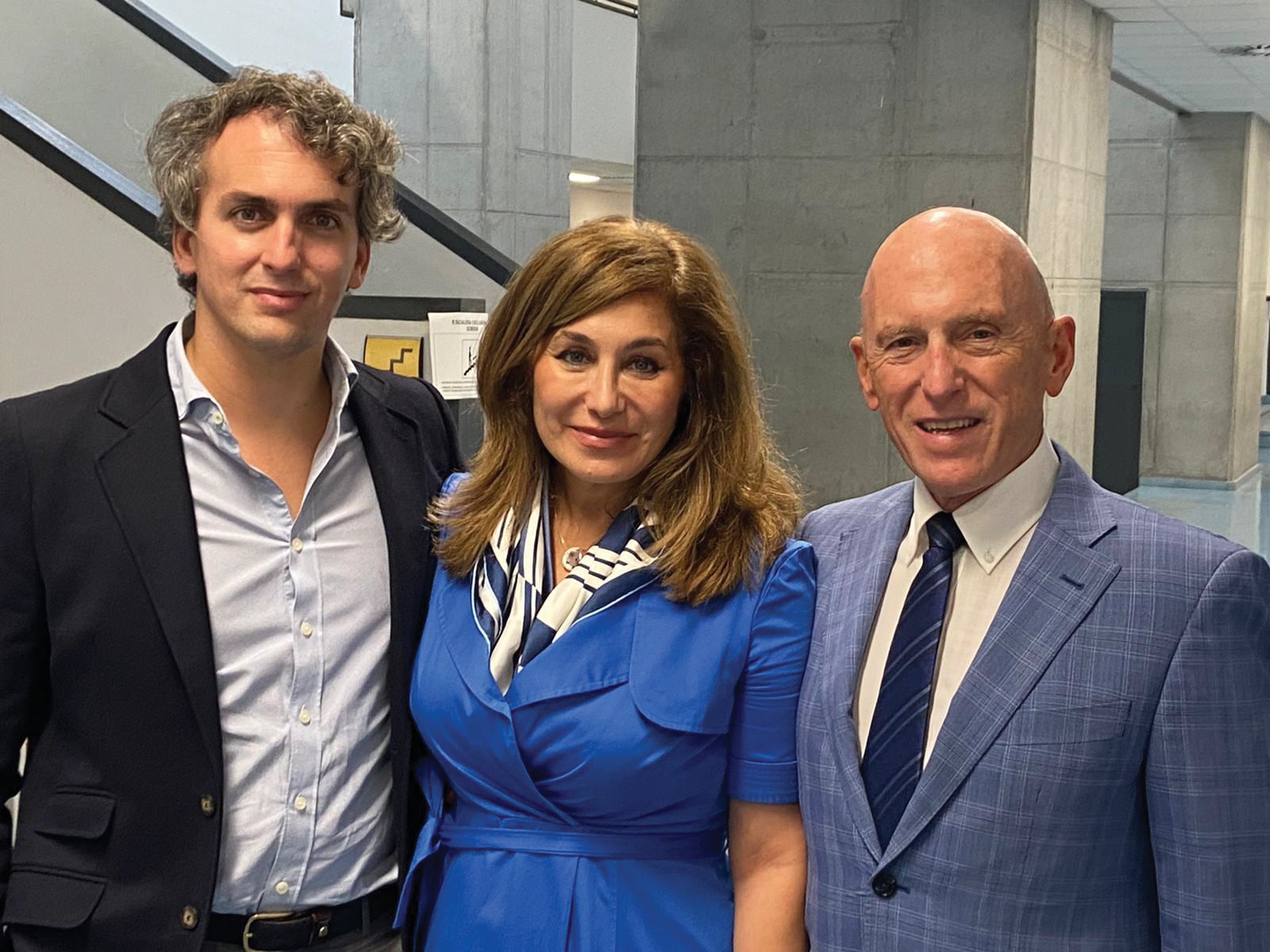
Figure 7. From left to right: Dr. Alió del Barrio; Mona El Zarif, OD, PhD, from Saida, Lebanon; and Professor Ali .
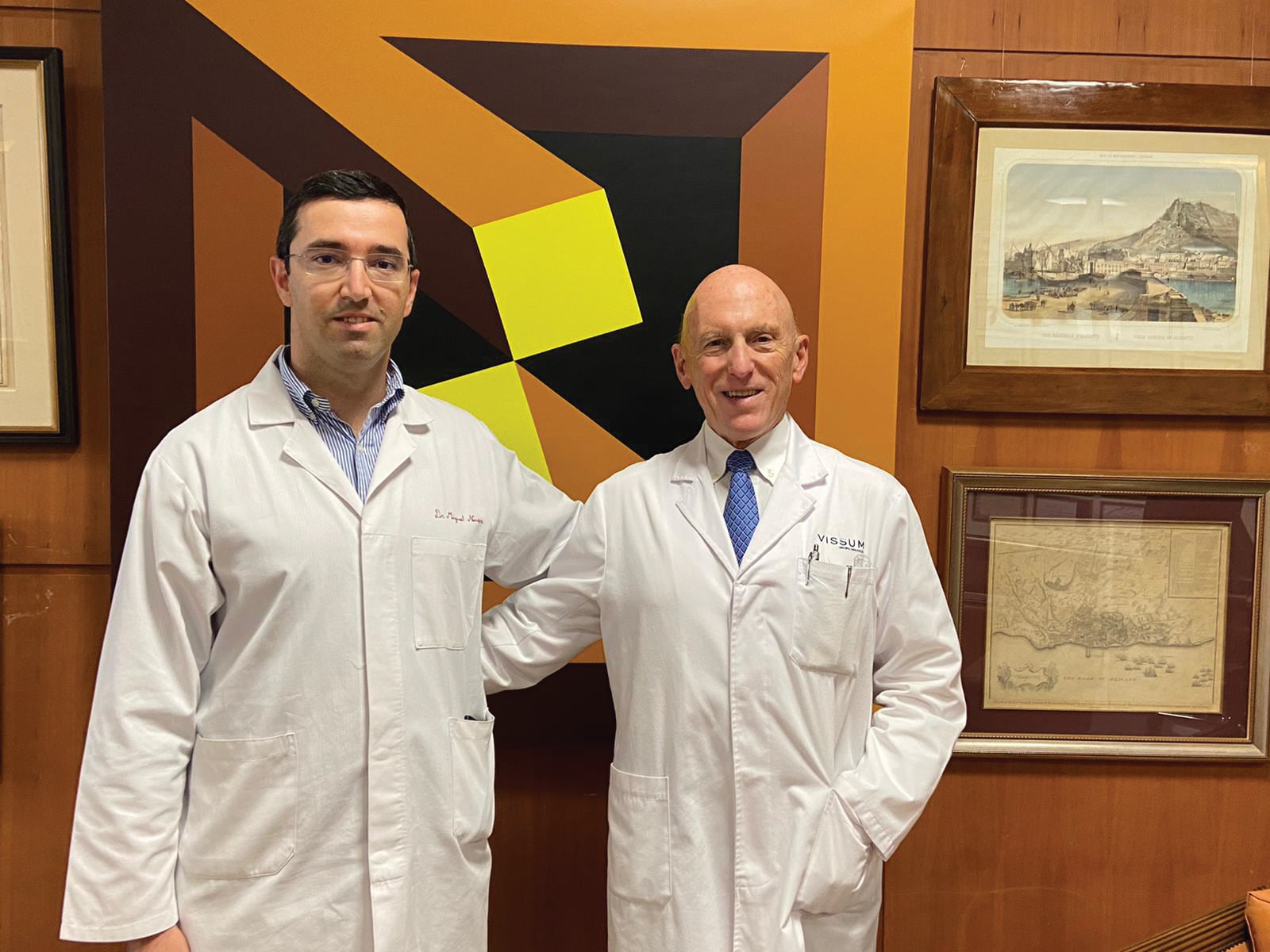
Figure 8. Professor Alió with Miguel Neves, MD, from Oporto, Portugal.
Lucio Buratto, MD
NUMBER OF YEARS IN PRACTICE: 50
NUMBER OF YEARS IN A MENTORSHIP ROLE: 41
WHO WAS YOUR MENTOR?
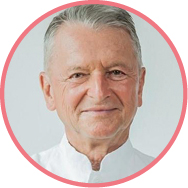
Professor and scientific figure Francesco Redi inspired me to enter the field of ophthalmology. His passion for the profession was contagious. Early in my career, I visited many pioneers in cataract surgery, including the father of phacoemulsification, Charles D. Kelman, MD. He was an extraordinary person and gave me several lessons in New York that influenced my future in ophthalmology. I also watched Robert Sinskey, MD, perform cataract surgery. His technique seemed difficult to me; he taught me how to introduce IOLs into the eye. Additionally, I visited Steven Shearing, MD, to observe surgery and learn about the IOL he had developed. This was an amazing experience because it allowed me to use the lens that provided the best results at that time. I concluded my US tour by spending time with Richard Kratz, MD, and it was during this visit that I identified which phaco technique was right for me—a bimanual technique with a spatula held in my left hand. Dr. Kratz was friendly, calm, and generous with his time.
Another important mentor to me was José Ignacio Barraquer, MD, who introduced me to keratomileusis and refractive surgery in general (Figure 9).

Figure 9. Dr. Buratto and José Ignacio Barraquer, MD, in Milan during the first keramileusis congress.
WHAT IS YOUR MENTORSHIP PHILOSOPHY?
I begin by instilling a proper mindset. The first message I deliver is that ophthalmology is an exciting profession and that the ability to restore a person’s sight is unparalleled in the medical field. Next, I highlight the importance of professional honesty with those who entrust us with their most precious sense organ. The third thing I emphasize is the value of empathy or knowing how to listen.
Only after these lessons do I begin teaching surgery. Procedures such as PRK and LASIK require precision and accurate preoperative evaluations of the eye. Learning these procedures can prepare ophthalmologists to perform more demanding surgery.
To execute cataract surgery successfully requires the ophthalmologist to learn the surgical maneuvers and to work as part of a team. It also requires one to visualize problems and their solutions.
Being a mentor involves generosity. Young ophthalmologists are anxious, and they may make mistakes and encounter complications. Effective mentors take pleasure in sharing their knowledge and maintain an open mind.
WHAT IS A FAVORITE MEMORY YOU SHARED WITH A MENTEE?
I would prefer to share a memory with one of my mentors. In December 1978, on my first trip to the United States, I visited Dr. Kelman at his office in the Empire State Building in New York. As we traveled between Manhattan and the hospital where he worked (Figure 10), he gave me my first lesson in phacoemulsification. He likened the procedure to piloting a helicopter. For both tasks, you need to use your hands and feet simultaneously and independently. For phacoemulsification specifically, it is essential to coordinate the movements of your hand and foot with what you are seeing through the microscope. It is necessary to evaluate the dimensions of intraocular spaces and to have a gentle hand that is steady and fully under control, like piloting a phaco tip inside the eye.
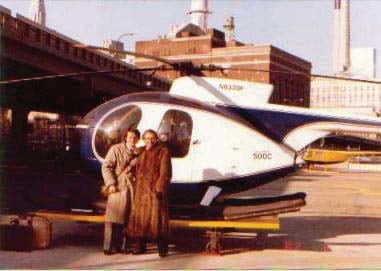
Figure 10. Dr. Buratto and Charles D. Kelman, MD, at a heliport in New York.
Following this experience in his OR in 1981, I invited Dr. Kelman to Milan for a live surgery session of phacoemulsification. We developed a deep friendship.
IF YOUR MENTEES REMEMBER ONE THING FROM THEIR TIME WITH YOU, WHAT WOULD YOU HOPE THAT IS?
I opened the Institute for Teaching Ocular Surgery in Milan, Italy, in 1995 with the goal of improving the quality of eye care available in Italy, even if it meant training doctors who would become my direct competitors (Figure 11). It gives me great satisfaction to know that more than 1,000 surgeons participated in wet labs at the institute during its 4 years of activity. I still encounter colleagues who thank me for teaching them the basics of cataract surgery.

Figure 11. From left to right: Patrice De Laage De Meux, MD; Dr. Buratto; Dr. Kelman; Christophe Huber; and Eric Arnott, MA, FRCS, FRCOphth, at the 9 10 11 VideoCataract meeting by satellite in 1984.
H. Burkhard Dick, MD, PhD, FEBOS-CR
NUMBER OF YEARS IN PRACTICE: 30
NUMBER OF YEARS IN A MENTORSHIP ROLE: 25
WHO WAS YOUR MENTOR?
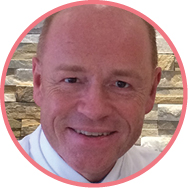
Norbert Pfeiffer, MD, is an internationally renowned glaucoma expert. He was my boss at the University of Mainz, Germany, where he is still the chair of the eye clinic and the director of the entire clinical center. Professor Pfeiffer’s sense of precision during surgery is something I have never forgotten.
Another clinician who had a strong and positive influence on me was Volker Hessemer, MD, with whom I conducted studies on thermophysiology. He currently practices ophthalmology in Darmstadt, Germany.
WHAT IS YOUR MENTORSHIP PHILOSOPHY?
In my view, an important step for any mentor is to identify the strengths and weaknesses of the trainee. This goes beyond figuring out how skilled a surgeon is; you must evaluate how resilient they are and how they will cope with stressful situations. It is essential to teach people gradually; the greatest mistake is to overwhelm a mentee with responsibility and demands. Mentees should be assigned well-defined tasks, and their responsibilities should increase over time. Mentees should take part in discussions after operations, not just spectate during surgery. Participation in postoperative discourse enables young surgeons to think the way experienced surgeons think.
Mentors should not minimize the seriousness of complications. Capsular rupture, for instance, is a risk factor for complications such as retinal detachment. If the posterior capsule ruptures during cataract surgery, it doesn’t help a mentee if a mentor says, “Don’t worry. It’s not so bad.”
WHAT IS A FAVORITE MEMORY YOU SHARED WITH A MENTEE?
I feel the greatest satisfaction every time I see a mentee evolve into a good surgeon. I have had the good fortune to see some of them appointed to positions of great responsibility. Fritz Hengerer, MD, for example, is the director of a big eye clinic in Frankfurt (Figure 12).

Figure 12. After being granted a professorship, Fritz Hengerer, MD, received a champagne saber. Professor Dick gives a saber to each of his mentees who becomes a professor to mark the official end of mentorship and the beginning of a great friendship.
Other favorite memories are of mentees coping with challenging situations.
IF YOUR MENTEES REMEMBER ONE THING FROM THEIR TIME WITH YOU, WHAT WOULD YOU HOPE THAT IS?
That is not for me but for my young (and formerly young) colleagues to decide. I hope, however, that they remember how I regarded them not just as future doctors but as fellow human beings. I strive to build a personal connection with my mentees. I am a demanding mentor, but I want them to feel that I value them highly as individuals and care about them and their future (Figures 13 and 14).

Figure 13. Professor Dick’s most recent fellow, Abdulla Al-Subaey, MD, from Doha, Qatar, successfully completed his 1-year fellowship in corneal and refractive lens surgery in August 2021.

Figure 14. Ana Robles, MD (left), and Tim Schultz, MD, FEBO (right), work with Professor Dick at the University Eye Hospital in Bochum, Germany.
Joaquim C.N. Murta, MD, PhD
NUMBER OF YEARS IN PRACTICE: 42
NUMBER OF YEARS IN A MENTORSHIP ROLE: 25
WHO WAS YOUR MENTOR?

WHAT IS YOUR MENTORSHIP PHILOSOPHY?
WHAT IS A FAVORITE MEMORY YOU SHARED WITH A MENTEE?
IF YOUR MENTEES REMEMBER ONE THING FROM THEIR TIME WITH YOU, WHAT WOULD YOU HOPE THAT IS?
Damien Gatinel, MD, PhD
NUMBER OF YEARS IN PRACTICE: 20
NUMBER OF YEARS IN A MENTORSHIP ROLE: 15
WHO WAS YOUR MENTOR?
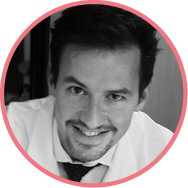
The French medical training system allows training to be carried out in different hospital units. I therefore benefitted from the teaching of many different mentors. The mentor to whom I owe the most, however, is not French. Dimitri Azar, MD, MBA, has a personality that is unparalleled. His knowledge and passion for refractive surgery and related disciplines are contagious.
WHAT IS YOUR MENTORSHIP PHILOSOPHY?
My philosophy is simply to be the mentor I wish I had when I was a mentee. To me, that is someone who does the following:
• Balances authority with benevolence;
• Blends the sharing of personal experiences with pedagogy;
• Knows how to listen and is available; and
• Teaches the virtues of rigor.
The last point is advantageous for all of medicine but particularly for refractive surgery. I also try to arouse the intellectual curiosity of my mentees and explain to them that they must maintain a critical mind. The senior members of my team are involved in training our interns, and they follow these objectives.
WHAT IS A FAVORITE MEMORY YOU SHARED WITH A MENTEE?
I have a lot of favorite memories (Figure 15), but as time goes by, I would say the most pleasant is meeting young practitioners who have mentors who were once my mentees. It’s a bit like meeting your grandchildren! I love hearing the anecdotes their mentors shared about when they worked in my department.

Figure 15. From left to right: Romain Courtin, MD; Alain Saad, MD; Dr. Gatinel; Adrien Mazharian, MD; and Christophe Panthier, MD.
IF YOUR MENTEES REMEMBER ONE THING FROM THEIR TIME WITH YOU, WHAT WOULD YOU HOPE THAT IS?
I hope they remember the day they successfully performed their first refractive surgery procedure (eg, LASIK) after I walked them through their training in this technique.
Thomas Kohnen, MD, PhD, FEBO
NUMBER OF YEARS IN PRACTICE: 32
NUMBER OF YEARS IN A MENTORSHIP ROLE: 25
WHO WAS YOUR MENTOR?

My mentors include Hans Reinhard Koch, MD, PhD; Felix Karl Jacobi, MD; Eberhard Schütte, MD, PhD; Douglas D. Koch, MD; and Christian Ohrloff, MD.
WHAT IS YOUR MENTORSHIP PHILOSOPHY?
Work as hard as I do! (I’m kidding.) I want to pass what I have learned on to my mentees. I reevaluate my cumulative knowledge every year based on my experience and research. My philosophy for mentorship is therefore ongoing. It is my aim to transfer my knowledge and experiences to my mentees, but most of all I try to teach them how to learn and solve problems for themselves. I can present my way of doing things and my perspective, but they must find their way based on their strengths and interests. If they use their experiences and ideas of how to approach different situations and they stay up to date on current data, they are more likely to find successful solutions and discover their own methods.
WHAT IS A FAVORITE MEMORY YOU SHARED WITH A MENTEE?
I can’t think of one specific memory, but it is always a pleasure to see someone who has learned something from me incorporate that knowledge into their own skillset (Figure 16).
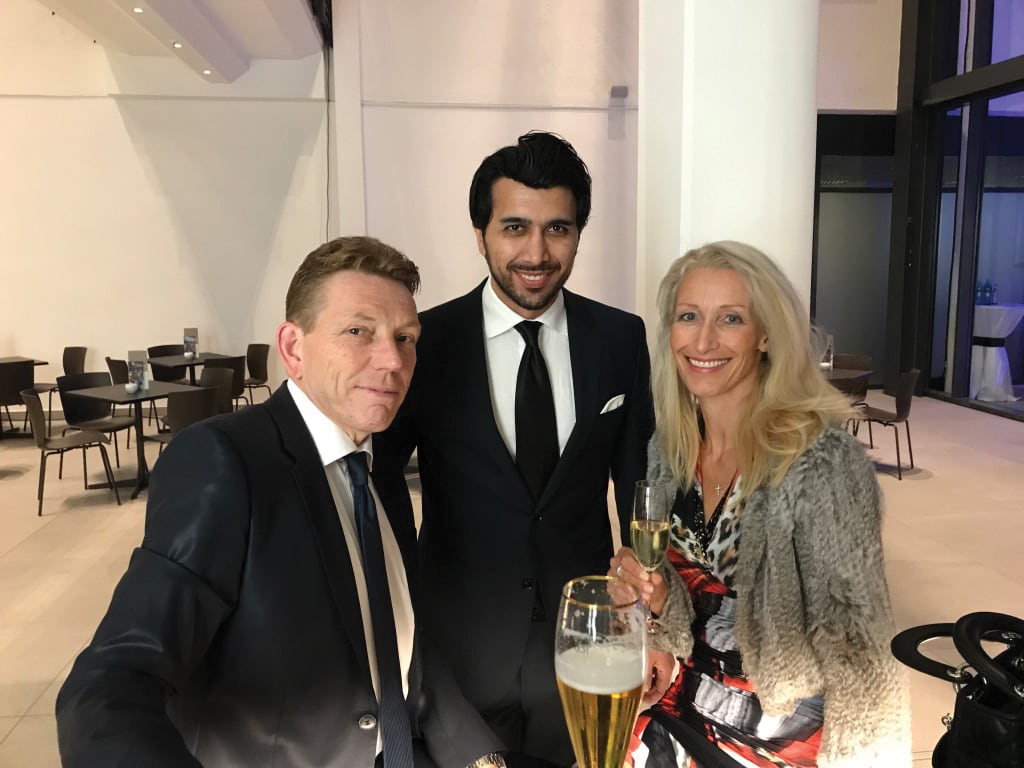
Figure 16. Professor Kohnen and his wife, Dr. med Eva-Maria Kohnen, with Medhi Shajari, MD, PhD, FEBO, at the 2017 German Ophthalmological Society annual congress.
IF YOUR MENTEES REMEMBER ONE THING FROM THEIR TIME WITH YOU, WHAT WOULD YOU HOPE THAT IS?
I hope they remember having a productive, intense, and enjoyable time in my clinic and feel motivated and inspired to continue in their work.
Boris Malyugin, MD, PhD
NUMBER OF YEARS IN PRACTICE: 31
NUMBER OF YEARS IN A MENTORSHIP ROLE: 20
WHO WAS YOUR MENTOR?
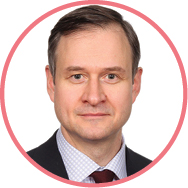
I had two mentors, Svyatoslav Fyodorov, MD, and Zinaida Moroz, MD. When I met him, Professor Fyodorov was the chairman of the ophthalmology department at my university, and he piqued my interest in the field. Professor Moroz was chief of the corneal transplant department, and I trained under her.
WHAT IS YOUR MENTORSHIP PHILOSOPHY?
My philosophy is about a willingness to give and share. By sharing their knowledge, mentors can each help hundreds of patients—not with the mentors’ own hands but with the hands of their mentees. I like to describe my experiences, both positive and negative, with different techniques. I discuss clinical cases and sometimes challenge mentees with various questions related to the topic. This approach can inspire ideas. I also love to participate in live surgery sessions and demonstrate my techniques (Figure 17).

Figure 17. Professor Malyugin performs surgery while colleagues observe.
I believe that the best approach to mentorship is to treat fellows as equals. The relationship is a win-win: Mentees receive an experienced surgeon’s knowledge, and mentors receive valuable feedback. Sometimes, I hear ideas I have never thought of.
WHAT IS A FAVORITE MEMORY YOU SHARED WITH A MENTEE?
As Professor Moroz said, a great surgeon is not one who has no complications but one who can resolve complications without causing other complications. During a discussion with one of my mentees, he asked me to stop the surgical video we were reviewing and commented that he would have used a different approach. When the video resumed playing, it became clear that I had altered my initial plan and proceeded exactly as my mentee had suggested. Such moments of like-mindedness are highly rewarding.
IF YOUR MENTEES REMEMBER ONE THING FROM THEIR TIME WITH YOU, WHAT WOULD YOU HOPE THAT IS?
I hope that they remember me as a friend rather than a mentor and aim to maintain our professional and personal relationships for years to come. I am happy to report that some of my mentees visit me regularly to discuss their clinical challenges and experiences and seek my advice.
Richard Packard, MD, DO, FRCS, FRCOphth
NUMBER OF YEARS IN PRACTICE: 46
NUMBER OF YEARS IN A MENTORSHIP ROLE: 43
WHO WAS YOUR MENTOR?
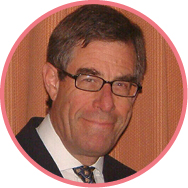
My mentor was Eric Arnott, MA, FRCS, FRCOphth, an innovator in cataract surgery who brought phacoemulsification to Europe in 1973. He attended a course taught by Charles D. Kelman, MD, in New York in 1971.
WHAT IS YOUR MENTORSHIP PHILOSOPHY?
My goal is to build the confidence of my mentees through a structured approach to surgical training. I debrief them after surgery to discuss what went well and what did not, and I stress the importance of reviewing videos of their surgery. These activities are fundamental to understanding why things went wrong and how to prevent their recurrence but also what went right.
WHAT IS A FAVORITE MEMORY YOU SHARED WITH A MENTEE?
I liken the first time I observed phaco surgery when I joined Mr. Arnott at Charing Cross Hospital in London as his senior registrar in 1978 to a Damascene conversion.
IF YOUR MENTEES REMEMBER ONE THING FROM THEIR TIME WITH YOU, WHAT WOULD YOU HOPE THAT IS?
It is something that has happened too many times for me to count—meeting a former mentee at a conference (Figures 18–20) and having that person say to me, “When I get into difficulties with my surgery, I can hear your voice in my head telling me what to do.”

Figure 18. Dr. Packard is pictured with his wife, Fiona, who had been Dr. Packard’s registrar at the Prince Charles Eye Unit in Windsor, United Kingdom, where he was a consultant.

Figure 19. Dr. Packard with Deepankar Bose, MD, in 2008 in Delhi. Dr. Bose had been Dr. Packard’s senior house officer in Windsor, United Kingdom, 20 years earlier.

Figure 20. Dr. Packard with Laura Crawley, MD, just before he gave the 2021 Choyce Medal Lecture at the United Kingdom & Ireland Society of Cataract and Refractive Surgeons annual meeting.
Gerd U. Auffarth, MD, PhD, FEBO
NUMBER OF YEARS IN PRACTICE: 30
NUMBER OF YEARS IN A MENTORSHIP ROLE: 24
WHO WAS YOUR MENTOR?

I have had several mentors. Wilfried Hunold, MD, was my PhD mentor and helped me obtain a postdoctoral fellowship in IOL pathology at the David J. Apple Laboratory at the Medical University of South Carolina.
David J. Apple, MD, then mentored me closely for 10 years and had a huge impact on my career. I became the chair of the Heidelberg University Eye Clinic and the director of the David J. Apple International Laboratory of Ocular Pathology, both in Germany.
When I arrived in Heidelberg after completing my postdoctoral studies in the United States, my chairman, Hans-Eberhard Völcker, MD, became my mentor and supported my career.
WHAT IS YOUR MENTORSHIP PHILOSOPHY?
My philosophy is to offer gifted, motivated people—whatever their age or educational and professional status—help in developing their talents, identifying opportunities, and achieving their goals. Mentorship may help them advance their career or further their personal development. Many of the people I have mentored have come from other countries and returned there to pursue their careers.
A mentor should not expect to get something in return for their services. The joy of mentorship is observing a mentee’s growth and achievement. Oftentimes, however, I receive long-term rewards from serving as a mentor, and that motivates me to continue.
WHAT IS A FAVORITE MEMORY YOU SHARED WITH A MENTEE?
I enjoy attending international meetings with current fellows and encountering former fellows who are now established in their own countries. It has the touch of a family reunion.
IF YOUR MENTEES REMEMBER ONE THING FROM THEIR TIME WITH YOU, WHAT WOULD YOU HOPE THAT IS?
Support people without expecting or demanding anything in return. Teaching them this philosophy of mentorship is its own reward.
Theo Seiler, MD, PhD
NUMBER OF YEARS IN PRACTICE: 40
NUMBER OF YEARS IN A MENTORSHIP ROLE: 30
WHO WAS YOUR MENTOR?

My mentors were Josef Wollensack, MD, and George O. Waring III, MD.
WHAT IS YOUR MENTORSHIP PHILOSOPHY?
Rather than learn cases and treatments by heart, young ophthalmologists should learn strategies for understanding the physiology of the eye (Figure 21). This topic is difficult for most young ophthalmologists to comprehend, and most of my pupils buy a book on physiologic optics right away.

Figure 21. Professor Seiler with Mirko Jankov, MD, PhD.
WHAT IS A FAVORITE MEMORY YOU SHARED WITH A MENTEE?
Dr. Baker came to learn with me. After 2 days, he decided to undergo transepithelial PRK.
IF YOUR MENTEES REMEMBER ONE THING FROM THEIR TIME WITH YOU, WHAT WOULD YOU HOPE THAT IS?
Learn physiologic optics. If you were a cornea, what would you do?


